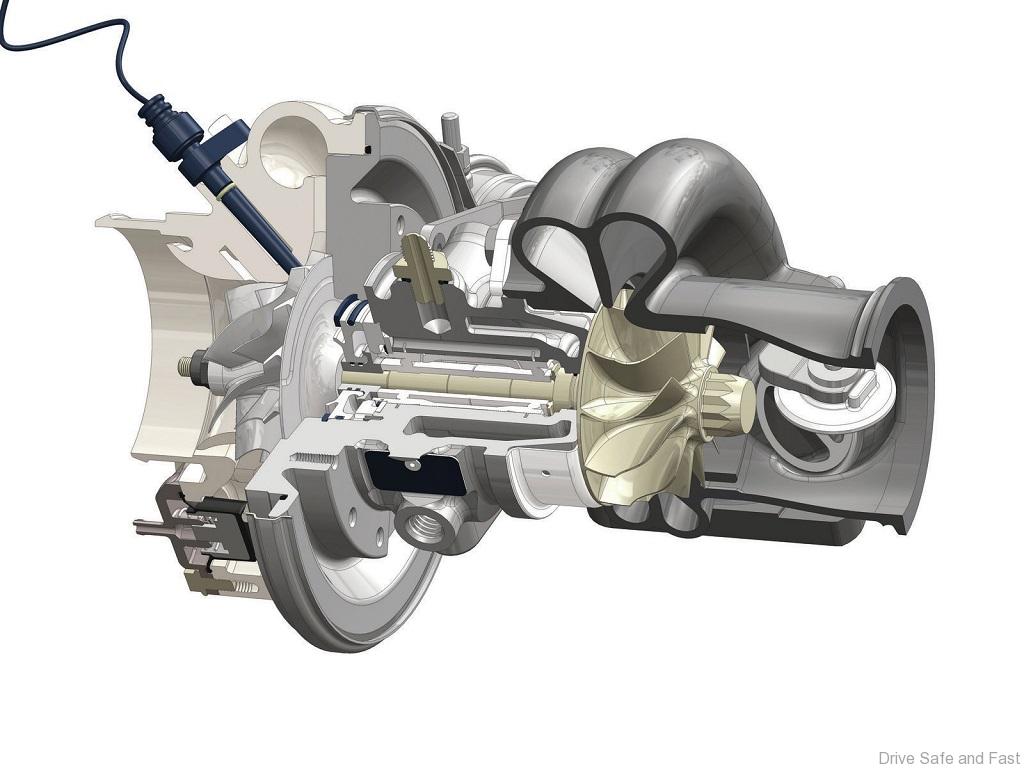Forced induction is the new name of the game. The Europeans have taken to it like a duck to water, quickly developing a large range of turbocharged engines for use in their models. Some companies like BMW don’t even offer a naturally aspirated engine anymore, which is a testament to their belief in this direction for their engine development. Forced induction has been applied at all levels, from down low in entry level models all the way up to high performance applications.
What is the appeal with forced induction? From a regulation standpoint, forced induction allows manufacturers to meet very stringent emissions and efficiency regulations. In Europe where this is especially important (hence the European manufacturers being more inclined), turbocharged engines can meet these tightening rules when it comes to emission standards. Turbocharged engines burn more cleanly in certain regards, making their exhaust gasses more acceptable. Efficiency is also improved to a certain extent, although this requires a specific driving style to maximize the usefulness of forced induction.
From a consumer standpoint, forced induction wasn’t always as quick as we see it today. In the older days of forced induction, turbocharged engines were laggy and peaky, requiring a lot of skill to drive quickly. When driven slow they bogged down and provided an unpleasant experience in general. But modern turbochargers are developed for quick response and are far more efficient, meaning they can provide boost from very low rpms: in laymans terms, modern turbocharged engines don’t bog down at all. The extra boost allows to the engine to produce more torque, which is useful for starting off from a stand still and getting up to speed quickly along with overtaking manuevers. In general, turbocharging improves power outputs as well thanks to the additional volume of air (we’ll cover how this works in a later article).
But turbocharged engines aren’t perfect. From an efficiency standpoint, the need to drive gently needs to be emphasised as hard driving results in very poor fuel efficiency. From a performance standpoint, even the most efficient and advanced turbochargers have to be selected with a compromise in mind. Pick a turbocharger on the smaller end of the scale and the engine produces a lot of torque down low, but chokes up high (meaning it loses a little bit of potential power). Choose a turbocharger that’s larger and high end power improves tremendously, at the expense of driveability (extra lag) and low end torque (higher boost threshold).
So while turbocharged cars feel quick, and they generally are, they still lack the response and versatility of a naturally aspirated engines. Granted there are very few naturally aspirated engines on the market that are oriented for performance- but older models running things like VTECs or VVL show the true potential of a car unhampered with forced induction. Power and torque outputs may not be as spectacular, but the response and driveability will surprise you.




